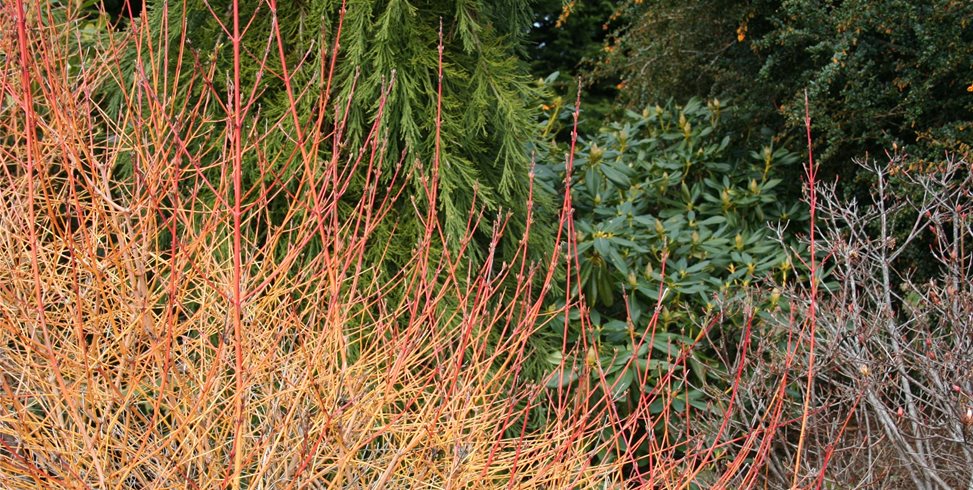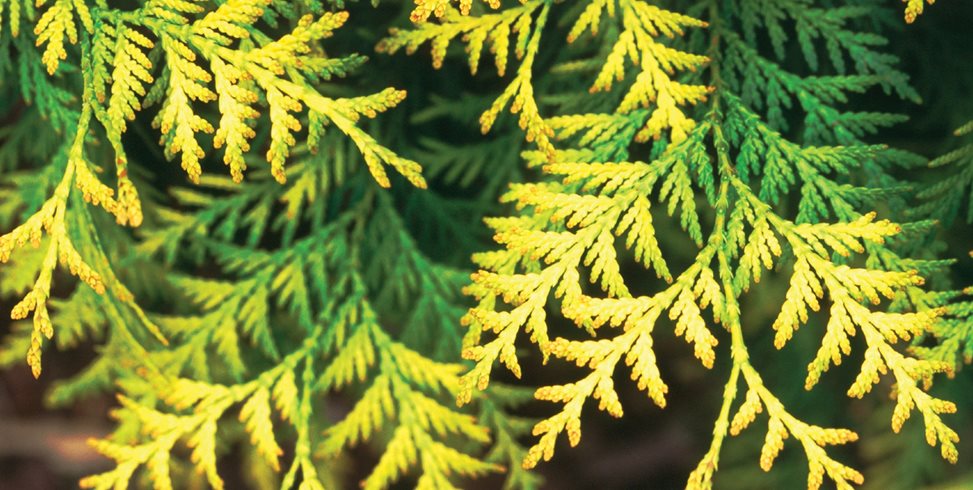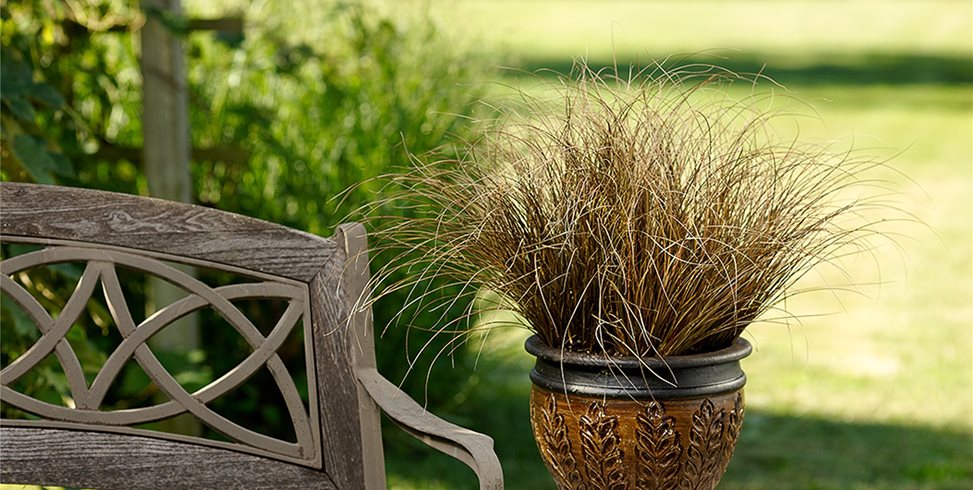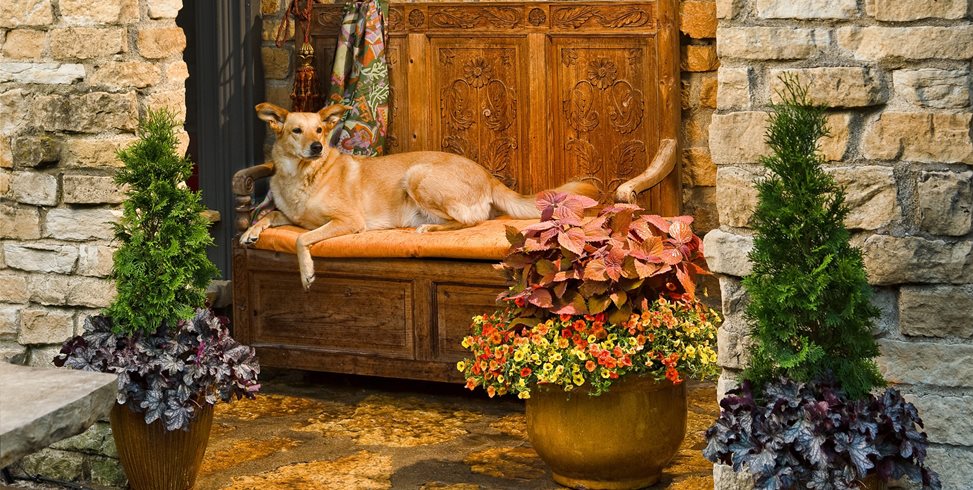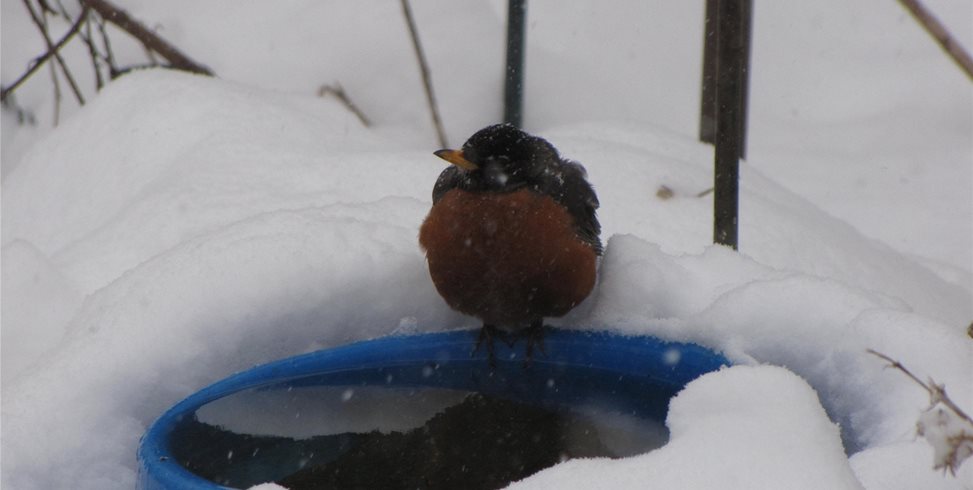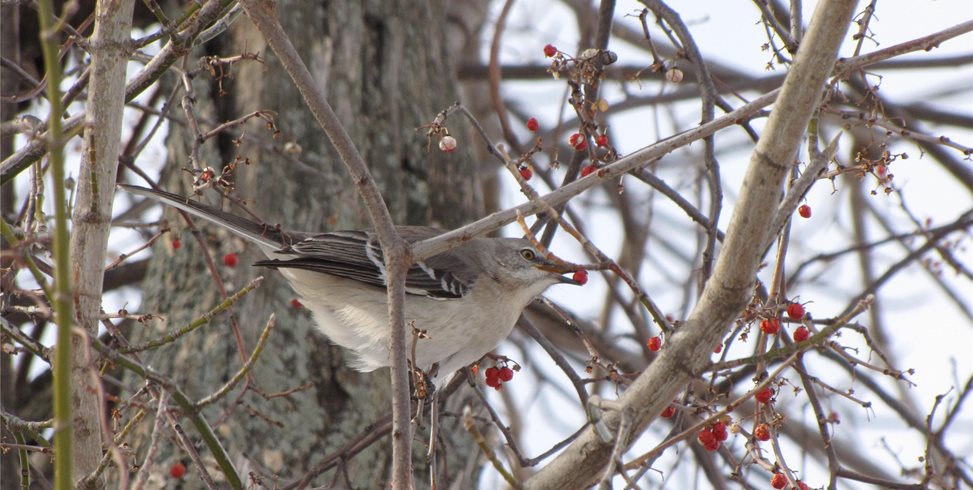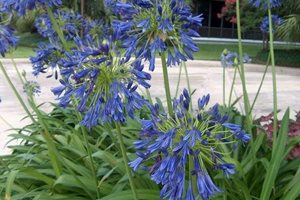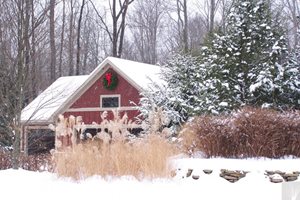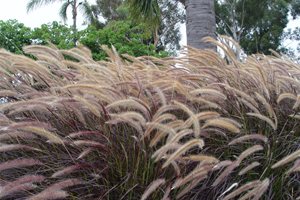Winter Interest in the Garden
Three ways to bring excitement and beauty to a winter gardenThe brilliant foliage displays of autumn can make winter dormancy feel like a bit of a letdown. But winter needn't be a boring time in the garden. In fact, the changing season gives you a chance to appreciate the details in your landscape that you often miss - the form of a beautiful shrub, the delicate variegation on an evergreen, or the playful flutter of birds that would usually be hidden among the foliage.
But if your garden's got the winter "blahs", just a little attention in one of these three areas can bring plenty of excitement and beauty to this coldest season.
Plant some winter-interest superstars
While most plants are going dormant, a few winter stars are preparing to take center stage. Lenten roses, colored-twig dogwoods, and conifers with foliage that becomes more brilliant in winter can all help your garden shine among the bare stems.
Lenten rose (Helleborus orientalis) is a flowering perennial which begins blooming in January and continues though March, fading slowly as other plants begin to grow. They thrive in dappled shade, and seem to light up the perennial border with their multi-colored blooms. New and cool varieties include 'Amber Gem', a ruffled golden Lenten rose blushed with magenta, 'Onyx Odyssey', a rich black that looks striking in pots, and 'Amethyst Gem', a cherry-red looker which pops against a snowy backdrop. Lenten roses can even be used as cutting flowers for an indoor vase. Simply cauterize the cut stem tip with a lighter to stop the sap flow, and your flower stalks should stay looking fresh for two weeks or more.
Colored-twig dogwoods (Cornus sericea) are also a fantastic choice for winter color. When they lose their leaves, they reveal bright red, yellow, or orange stems that show off well against a backdrop of dormant grasses or evergreen shrubs. And the display's not limited to outdoors, either, since the cut stems last a long time in a vase or a holiday wreath. Colored-twig dogwoods grow in full sun to part shade and reach about 4-10' tall and wide, depending on the variety. Check out 'Midwinter Fire' for sunset-colored stems and a dwarf growth habit, 'Elegantissima' for cream-variegated leaves in summer and blood red stems in winter, or 'Hedgerows Gold' which lights up the garden with golden-edged leaves in summer and yellow stems in winter.
There are also some neat types of conifer that look particularly good in the winter garden. I can hear you all groaning now, but hear me out: These quirky varieties bear little resemblance to the regular green conifers so overused in commercial parking lots. Consider Thuja occidentalis 'Techny Gold', a new type of arborvitae with brilliant golden foliage which intensifies in the winter cold. It's hardy to a whopping -40 degrees Fahrenheit, so can be used in nearly any climate. In a small-space garden, Pinus mugo 'Zundert' is a dwarf variety of Japanese black pine which grows to only 2' tall and wide. Yet this unassuming little chameleon goes from a sedate green in summer to a vibrant yellow-gold in winter. Is golden foliage not your thing? Many Japanese plume cedars (Cryptomeria spp. and cvs.) turn an attractive purple-bronze color in winter. 'Mushroom' is a dwarf version which reaches 2-3' tall, while 'Elegans' rocks the other end of the size spectrum, topping out at 25' in time.
Colorful containers add immediate cheer
Pots are a perfect way to bring fast color to any area of the garden. You can nestle them into a bare spot within your garden beds, place them by the door to greet visitors, or use them to draw the eye to a focal point and get that immediate "wow" factor even in winter.
Ornamental grasses make a great centerpiece for a winter container planting, and not only the evergreen varieties. Many grasses go dormant gracefully, leaving a fluffy mass of brown strands that look surprisingly at home among winter annuals and other color. Evergreen grasses include sedges like Carex 'Toffee Twist', variegated sweet flag (Acorus gramineus 'Variegata'), and silver spear (Astelia chathamica 'Silver Spear'), while fountain grass (Pennisetum) and dwarf varieties of maiden grass (Miscanthus) make a great show in dormancy.
Conifers like arborvitae, false cypress and juniper can also add structure to a winter-interest container. Dwarf arborvitae like Thuja 'Degroot's Spire' stay small indefinitely in a pot and act as an exclamation point in the garden. Or there's the petite blue Port Orford cedar, Chamaecyparis lawsoniana 'Blue Surprise', with a glowing blue tone to its foliage. The aptly-named pancake juniper (Juniperus horizontalis 'Pancake') is a delicate trailing plant which softens the edges of a container.
You can fill the bare spots in containers with winter-growing annuals like pansies and violas, cyclamen, paludosum daisies, primroses, calendula, or flowering ornamental cabbage. Edible leafy greens can also add interest. Try 'Redbor' kale, curly parsley, or 'Bright Lights' Swiss chard for foliage color that's as beautiful as it is tasty. Of course, you don't have to plant living things in a pot for it to look attractive. A gorgeous pot can hold its own with a display of cut stems from the garden, evergreen boughs, and a simple ribbon or holiday bow to tie it all together.
Birds bring life and activity to the garden
Birds are the unsung heroes of the winter garden. While their antics are normally obscured by lushly-growing plants, in winter the bare stems let us watch their pecking and play. Here are a few things you can do to encourage them to frequent your garden.
First, leave dormant perennials such as ornamental grasses, black-eyed Susan, coneflower, and others to stand over the winter. Not only do their seed heads provide structural interest, but birds can enjoy scratching for the seeds all winter long. If you tidy up too soon, the birds will miss out on this great source of winter food.
Next, provide a winter water source for birds. In areas where it snows all winter, all the available water can freeze, which makes finding drinking water a challenge for birds. You can ensure regular visits from a variety of birds by using a bird bath with a warmer, or even a simple heated dog bowl to provide a steady source of water. However, it's important to put a layer of sticks or stones over the dish so birds can drink from the water but not take a bath, which can be dangerous when temps go below 20 degrees Fahrenheit (for more information read How to Provide Water for Birds When the Birdbath Freezes).
By far the best way to attract birds is by planting shrubs and trees that grow native in your area. Because birds are used to finding food and shelter in the plants that grow naturally in a region, you'll find that planting natives will attract them in greater numbers as they produce food at just the right times of year for your local birds. The best resources for finding out more about native plants for your area are local nurseries and landscapers, who will be used to using plants from your region (to learn more read Ecosystem Gardening Essentials: Provide Food for Wildlife).
You can see from these suggestions that winter has plenty of its own seasonal joys. By planting for winter interest, using pots as focal points, and attracting your local birds, you can fill the season with beauty and life.

 Backyards
Backyards
 Front Yards
Front Yards

